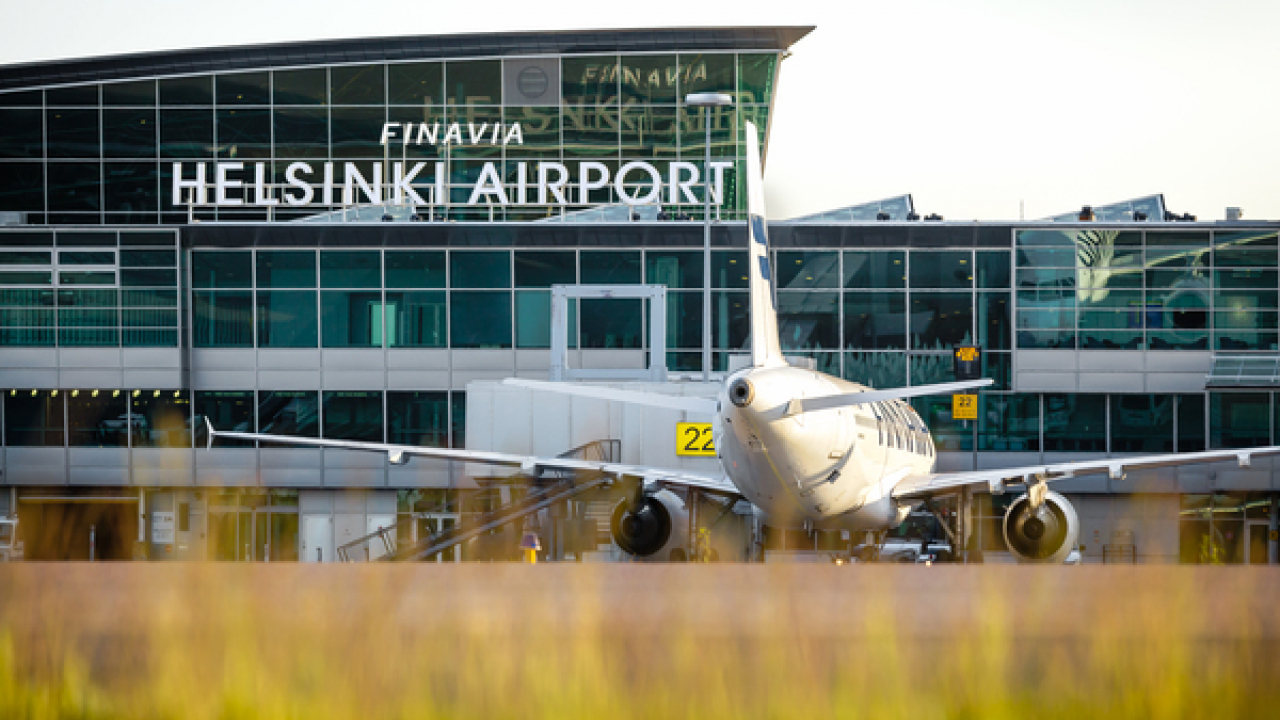Finnair/Helsinki Worst Hit by Longer Routings Following Russian Airspace Sanctions
Kevin Rozario
April 27, 2022

|
The damage done by the closure of airspace by Russia is limited, with Helsinki Airport likely to suffer the most as the war progresses. |
Russia’s war in Ukraine, triggered by an invasion on February 24, is having serious impacts at the global level – from energy prices and supply chains to food security. In aviation, one area that was affected almost immediately was airspace.
The UK was first to close its airspace to Russian airlines after the invasion, followed by Canada, the European Union and others, with a tit-for-tat response from Russia announced on 28 February.
The overfly ban from the Russian Federation affects 36 countries and is significant in terms of how airlines re-route their jets, as well as the cost implications of extra fuel, and the inconvenience factors to travellers. The bans are disruptive but have not stopped Russian air travel into Europe.
Airline analyst OAG has reviewed the effects of the ban on routings between Western Europe and Asia which usually overfly Siberia. Data from the group’s Schedules Analyszer suggest that the worst-case scenario is a significant 3.5 hour add-on in flight time, but in many cases the extra times are just five or 10 minutes.
That worst case above is for Finnair routings to Tokyo’s Haneda (HND) and Narita (NRT) airports – which have gone from 9.5 hours to 13 hours – whereas Air France’s flights to the same Japanese hubs from Paris Charles de Gaulle are taking just under 1.5 hours longer (see chart).
OAG says: “Finnair, which had created an efficient hub for flights connecting between Asia and Europe at Helsinki before the pandemic, has had the most flights affected. Its proximity to the Russian Federation inevitably meant that, for Asia-bound flights, the most direct air routes were operated through Russian airspace and these flights have had to be re-routed.”
When Being Too Close Counts Against You
Given that Helsinki is so close to the Russian border, its re-routings are significantly more difficult to manage. Finnair’s flights to Shanghai ((PVG) have added on just under 3.5 hours, versus a five-minute add-on by Lufthansa from Frankfurt Airport.
The next hardest hit destination is Seoul’s Incheon Airport (ICN) in South Korea which is now two hours and 45 minutes longer from Helsinki Airport, and between an hour and 1.5 hours longer from Paris, Frankfurt and Amsterdam airports. Due to their geography, North East Asia flights generally are far more affected than destinations in South Asia and South East Asia.
For example, flights to Delhi in India are not more than 30 minutes longer from key European hubs, but closer to two hours longer from Helsinki. However, British Airways flights to Mumbai Airport (BOM) are taking an extra 55 minutes from London Heathrow, while those by KLM, Air France and Lufthansa from their respective hubs are only adding 10 minutes to their schedules.
Routings from Asia into major European capitals are seeing minimal to moderate impacts. Worst affected is ICN to AMS, now an hour and 25 minutes longer, though many other flag carriers on routes from Thailand, Singapore and India for example, are adding not much more than 30 minutes.
OAG explains: “They have not been barred from Russian airspace but some have opted to skirt around it even so, citing safety. Japan Airlines is one airline taking this approach. Korean Air is also avoiding Russian airspace.”
How Are Capacities Changing?
Surprisingly, data analysis suggests that airline capacity between Western Europe and Asia from the last week of February to the week of April 18, has increased. Scheduled seats were up by 7% and OAG says that some of this can be accounted for by the increase in capacity that usually happens with the summer schedule.
Some can also be attributed to the reopening of Singapore. For instance, British Airways has increased capacities between London Heathrow and Singapore by 75% over this period while Finnair has lifted Helsinki-Singapore capacity by 51% – though how much of that will be used is to be seen.
Overall, Finnair has reduced capacity between Western Europe and Asia by 23%, Air France by 5%, and British Airways by 4% while Lufthansa has increased its capacity by 46%, mainly the result of more seats being made available between Germany and India.


